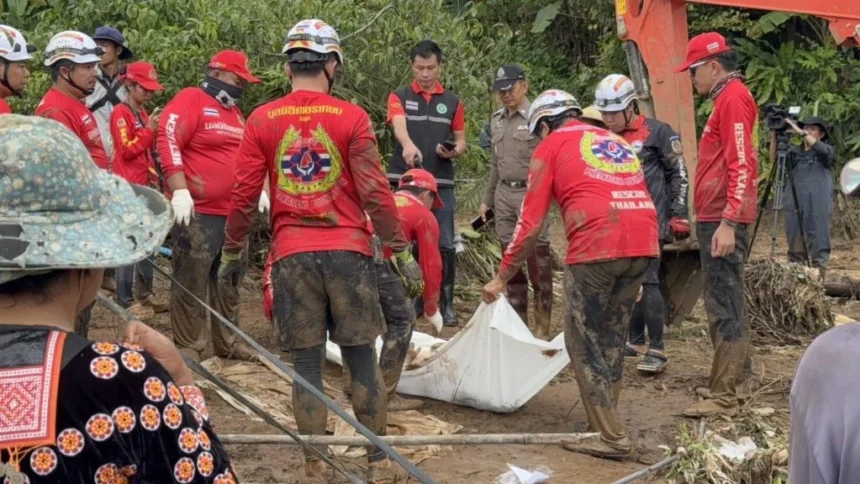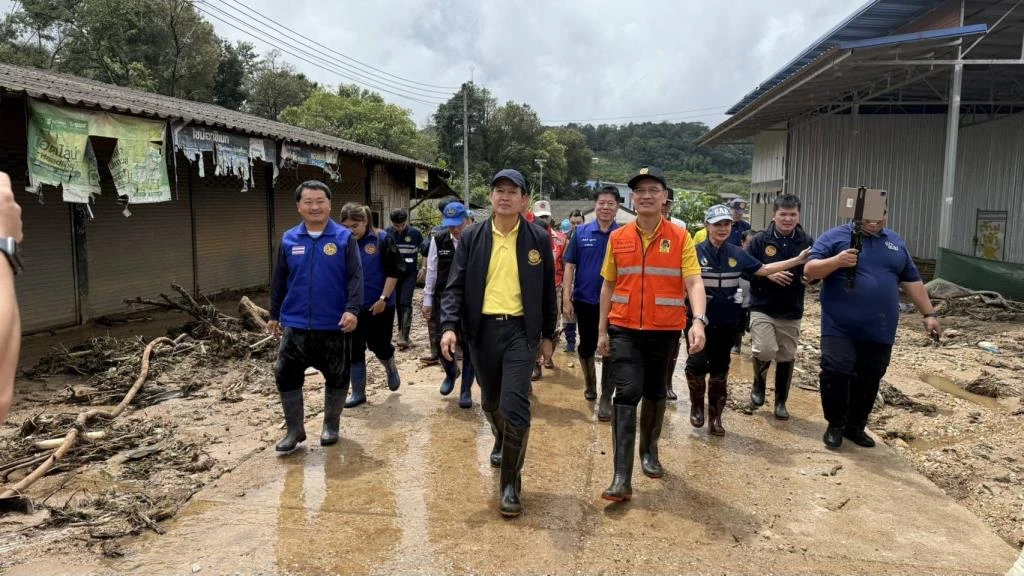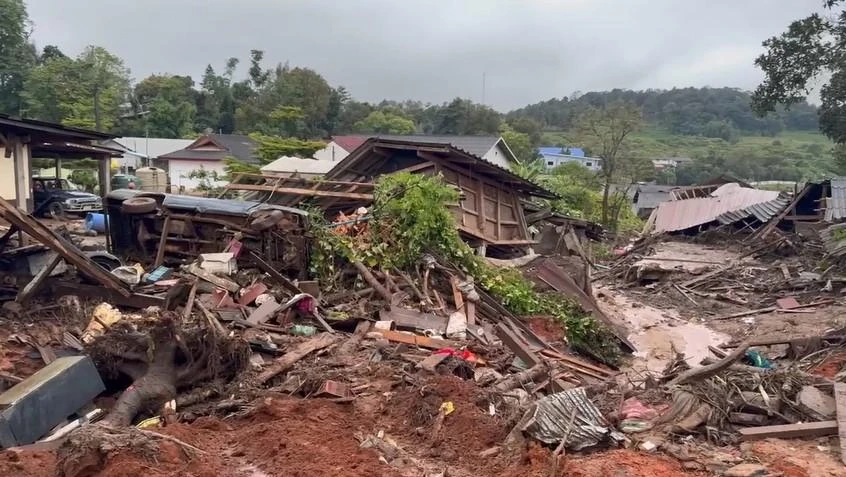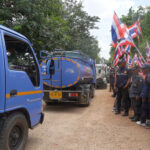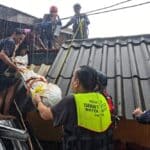CHIANG MAI – Rescue teams and local agencies continue to work nonstop to help people affected by the flash floods and landslides in Pang Ung village, Mae Chaem district. Authorities have now found two more bodies, bringing the total number of confirmed deaths to six. Three people remain missing. The incoming Chiang Mai governor has visited the scene to monitor the response and has stressed the need for ongoing support for victims.
On Thursday, (28 August 68), reports from Chiang Mai confirmed that rescue workers and officials from all departments have been active throughout the day. Teams, equipped with machinery and tools, have been searching for the missing and helping people in need after floods and landslides struck Pang Ung village, Mae Suek subdistrict, Mae Chaem district.
The area remains difficult to access due to debris and widespread damage. Families of the missing are closely watching the search efforts, hoping for good news. So far, two more victims have been found, taking the death toll to six people, with three still missing.
Meanwhile, Mr Thotsaphon Phueng-udom, Inspector General from the Ministry of Interior for inspection area 15 and incoming governor of Chiang Mai, visited Pang Ung with Siwakorn Buapong (the deputy governor) and senior officials.
They checked on the progress of recovery from the landslide and flash flood caused by tropical storm Kajiki.
Siwakorn reported that the latest figures show six dead, three still missing, fifteen injured, and 157 homes destroyed in Chiang Mai. The search for those missing remains difficult because the area is covered in mud and fallen trees.
During the visit, Mr Thotsaphon called for immediate action to support those impacted, focusing on people who have lost their homes, families of the deceased, and the injured. A royal kitchen has been set up to supply three hot meals daily.
Work is underway to restore public utilities, with mobile generators and temporary phone signal vans now on site. Officials have also been told to monitor weather and soil conditions closely and to give quick warnings if heavy rain or landslide threats return.
Efforts to assess the full extent of the damage are ongoing so that aid and recovery can move forward quickly.
Chiang Mai and Chiang Rai, nestled in northern Thailand’s mountainous terrain, are increasingly vulnerable to flash floods and landslides, particularly during the monsoon season from June to October.
Heavy rainfall, often intensified by tropical storms, saturates the region’s steep slopes and poorly drained soils, triggering devastating natural disasters. In recent years, climate change has exacerbated these events, with erratic weather patterns delivering intense downpours in short periods.
Landslides, often triggered by the same relentless rains, pose an equally grave threat. The region’s hilly topography, combined with loosened soil from deforestation or construction, creates ideal conditions for mudslides.
Remote villages in districts like Mae Ai (Chiang Rai) and Doi Suthep (Chiang Mai) are particularly at risk, with landslides cutting off access roads and burying homes. In 2024, Chiang Mai reported multiple landslide incidents, claiming lives and displacing communities.
Efforts to mitigate these disasters include reforestation, improved drainage systems, and early warning technologies. However, challenges like limited funding and coordination hinder progress. Community resilience, coupled with government action, is crucial to reducing the impact of flash floods and landslides in these culturally rich but environmentally vulnerable provinces.




